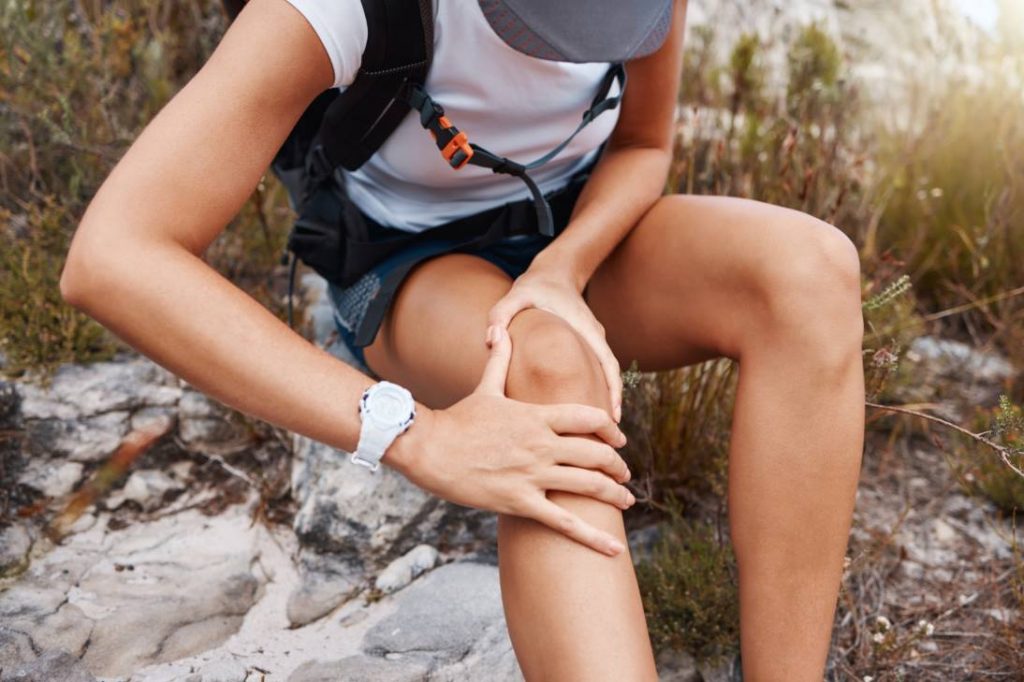
Managing knee and hip pain can be challenging, and it's easy to overlook the link between the two. Despite their seemingly separate nature, studies have shown that hip and knee joints are closely connected. Although experiencing pain in these areas can be uncomfortable, incorporating exercises into your routine can aid in restoring your body's health.
The body's largest joints, the knees and hips, work together to provide mobility and support. These joints can experience disorders at any age due to exercise, degeneration, or overuse injury from repetitive motions in activities such as golf or gardening.
It can be difficult to determine if hip pain is caused by a hip joint disorder or another condition in the body. Pain in one or both knees can also have multiple causes, including sudden injury, overuse, or osteoarthritis. Treatment options vary based on the cause and severity of the injury.
With time, your joints become less capable of performing basic movements. This primarily impacts your knees and hips, causing discomfort. Osteoarthritis (OA) is a common health condition characterized by degenerative joint pain resulting from joint wear and tear. As you age, the protective cartilage in your joints gradually deteriorates, causing the bones to rub against each other. This bone-on-bone contact leads to joint inflammation.
In the early stages of osteoarthritis, the joint cartilage becomes damaged and inflamed, causing it to lose water and harden. This results in stiffness in the surrounding joint. The loss of cartilage is gradual, and some individuals may experience symptoms for years before the condition worsens.
If your doctor refers you to physical therapy for knee pain, your sessions will probably include plenty of exercises that primarily target the hips. This proves the significant relationship between hip strength and knee pain.
During walking, the gluteus maximus and medius muscles assist in maintaining the stability of the pelvis to prevent it from sagging during the stance phase. If these muscles are not strong enough, a temporary drop in the hip and pelvis occurs, causing the knee to move inward towards the other knee. This inward movement puts pressure on the kneecap, resulting in chronic knee pain.
Below, we have selected the four most effective exercises for hip and knee pain that you can do in the comfort of your own home.
This exercise is effective for your hip and knee joints. First, sit on the floor with your legs extended in front of you. Next, cross one knee over the other leg and press down on that knee with your hand. Repeat these steps on both sides for a complete stretch.
This is a simple exercise that your hips and knees will thank you for. To do it, you first need to lie on your side and lift your top leg. Then, rotate your hip in a circular motion and switch directions. Start with three sets of 10 reps for each leg. Your hips and knees will feel better soon!
When you're stuck at home, being inactive can make your knees and hips stiff, leading to discomfort. To alleviate this, try a Straight Leg Raise. Lie down on the floor and raise your legs until they are straight up in the air, forming a 90-degree angle with your body. Do three sets of 10 repetitions for each leg. As a bonus, this exercise also engages your abdominal muscles.
For a good stretch, kneel on a soft surface with your right knee up and your foot flat on the floor. Extend your left leg behind you with the top of your foot flat on the floor. Shift your weight forward until you feel the stretch in your hip. Hold for around 30-45 seconds, and then switch legs.
Make sure to consult with your doctor or physical therapist before doing any exercises for hip and knee pain. Any amount of activity will help your hips and knees, and the benefits of exercise are definitely worth the effort.